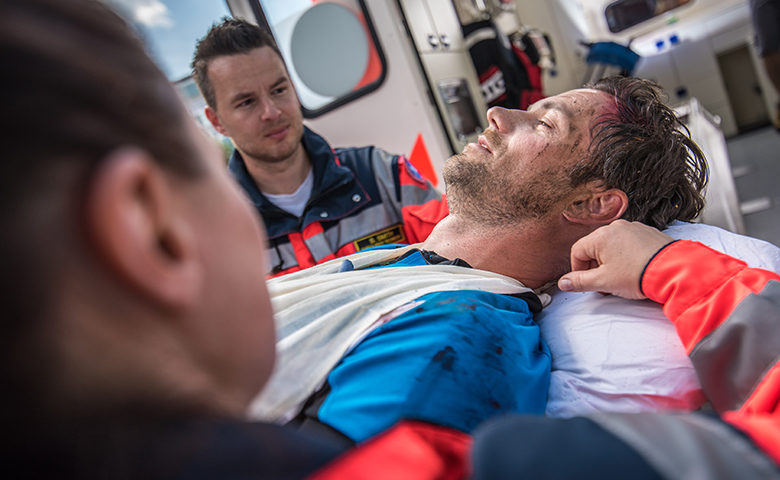Advancements in workplace safety have come a long way over the past several decades. While too many people are still killed on the job, there’s been a dramatic reduction in the per-capita fatality rate at work. This is good news, but more and more, companies are bumping up against a safety glass ceiling that they simply can’t break as they struggle to eliminate further serious injuries and fatalities.
As Don Wilson argues, there are plenty of major incidents that can be prevented—they just happen to occur off the job. In any case, the stagnating injury rate is a result of organizations being too focused on serious injuries and fatalities (SIFs) in the workplace while overlooking incidents that occur at home and on the road.
Preventing injuries is a round-the-clock task, and it’s worth noting that there’s a human and financial impact to every single SIF, regardless of where it happens. Unfortunately, many organizations treat injury prevention as a safety responsibility that is confined to the workplace (even though some health and wellness measures, like smoking cessation programs, provide support both on and off the job).
In a new article called “Reducing Serious Injuries and Fatalities”, Don says:
The essential question that health and safety professionals should ask themselves is: “Do I care about reducing all fatalities for our employees or do I only want to reduce the very small number of workplace fatalities?” The answer to this question is obvious—it’s time to take the same 24/7 approach to employee safety as we have always had for employee health.
Don goes on to outline a compelling case for taking a 24/7 approach to reducing SIFs. He demonstrates how human factors are the key piece to effectively dealing with all sorts of errors that can lead to small incidents and potentially fatal injuries alike. The article also suggests several important lessons from the field of neuroscience that EHS professionals should make note of, including how to build stronger safety-related habits.
The entire article is thought-provoking and is sure to provide a new perspective on how to solve the stubborn problem of serious injuries and fatalities. It can be read for free online here.

